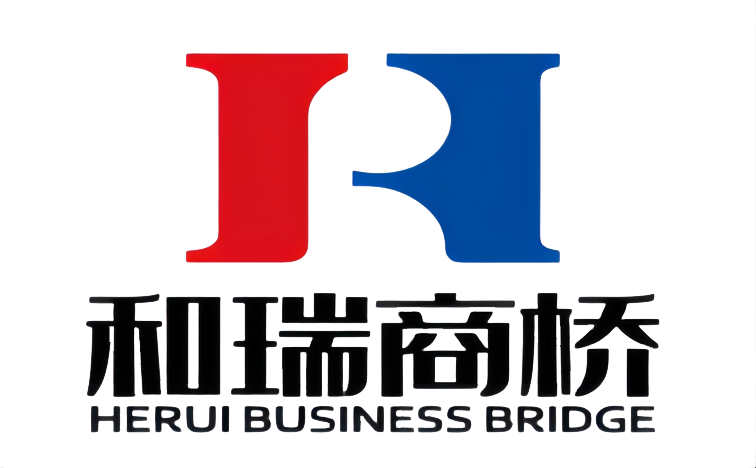In recent years, people have higher and higher requirements for the comfort and functionality of clothing fabrics. With the increase of people’s time in outdoor activities, the trend of mutual penetration and integration of casual wear and sportswear is also increasingly favored by the majority of consumers. The fabric of this kind of clothing not only requires good comfort, but also requires that when you are active, once you are sweating, the clothing will not paste the skin and produce cold wet, heavy feeling. So the new requirement of moisture absorption and perspiration function is put forward.
However, for fabric moisture absorption and sweat, the general consumer will be confused. In fact, this is two concepts, namely the fabric moisture absorption and moisture removal.
First of all, let’s talk about moisture absorption: synthetic fibers take polyester as an example, in fact, the water absorption is small, poor moisture permeability, easy to produce a stuffy feeling when active; Natural fibers take cotton as an example, its moisture absorption performance is good and comfortable to wear, but when people sweat a little more, the cotton fiber will expand due to moisture absorption, and stick to the skin, at the same time, the water divergence rate is slow, thus causing a cold wet feeling to the human body.
Therefore, for all fabrics, especially polyester products, treatment with hydrophilic additives in the post-finishing stage is a good way to improve moisture absorption.
But is that the end of it? Does the solution to moisture absorption keep the wearer dry? Hygroscopic = perspiration?
Of course not! Only when the moisture absorbed in the fabric is discharged to the surface of the fabric as far as possible, the moisture is fully evaporated under the condition of sunlight and good ventilation, which can keep the wearer dry and comfortable.
The moisture removal of fabric mainly depends on the physical structure of the fiber. Gaseous moisture that evaporates from the surface of the skin is first absorbed by the fabric (i.e. hygroscopic,—- Note that it is the fabric that hygroscopic, not the fiber!). Then the capillary effect generated by the holes (pores, micropores, grooves) in the fiber and the gap between the fibers makes the moisture adsorption and diffusion between the fabric. In this way, moisture migrates to the surface of the fabric and evaporates, thus completing the process of moisture removal.
So, moisture absorption alone is not enough. For some ordinary synthetic fiber fabrics, only after finishing with hydrophilic additives, and then advertised as hygroscopic “sweat” actually brought us all into the misunderstanding.
In the production of synthetic fiber, the specific surface area of the fiber can be improved by changing the shape of spinneret holes and creating many grooves in the longitudinal direction of the fiber. This improves the moisture conductivity of the fiber and achieves perspiration through the core absorption effect of these grooves. For example, Invista produces polyester for COOLMAX® hygroscopic and perspiratory fabric certification. Its cross section is unique flat cross shape, the fiber surface is lengthwise into four grooves. Its specific surface area is 20% larger than the conventional round, so its perspiration performance is higher than the conventional polyester.
Special attention should be paid to: Due to processing, the cross section of the fabric in the garment has been greatly damaged (resulting in plastic deformation), so the sweating effect is greatly reduced. Invista’s new “C, C, O, O” type polyester can alleviate this plastic deformation to a large extent, so as to maximize the sweating function —–C guide groove is not easily deformed. In addition, for consumers, the function of yarn is important, but the quality and function of the fabric is more important to ensure the functionality of the garment.
——The article is from the Fabric class
Post time: Nov-07-2022



